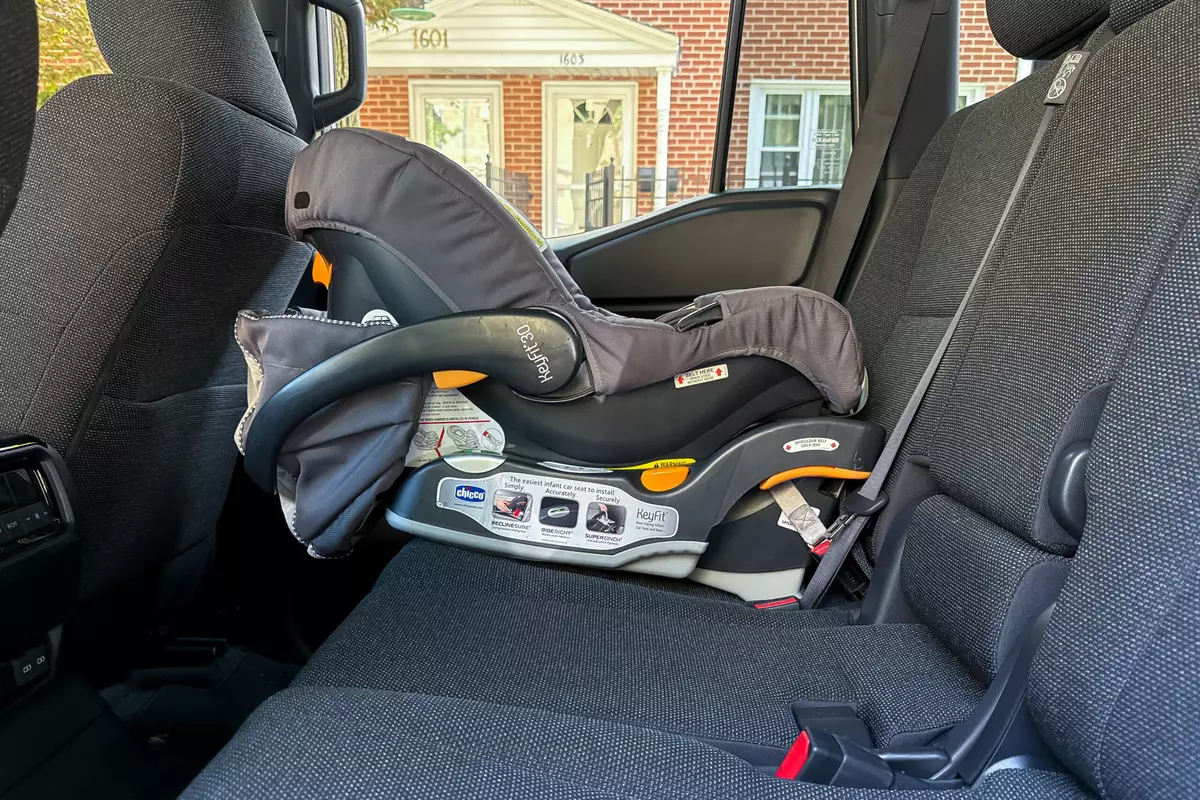washingtonpost.com's view
I thought I’d gotten over it. I hadn’t. I fell in love with it again — namely, the Ford Mustang.
It was a 1998 model, a GT convertible, laser red with a tan top and matching interior. It shone brilliantly in the Saturday sun. I tried to ignore it; but couldn’t. I’ve been a sucker for the Mustang since its introduction in 1964.
Even in the mid-1970s, when Ford Motor Co. and all of Detroit seemed hell-bound, I loved the Mustang. But it was an affection more for the legend than the reality. The car had turned into an ugly thing, represented by the likes of the 1975 Mustang II Ghia coupe, a monstrosity with a vinyl-covered roof and “opera” windows.
Things turned worse in the early 1980s, when Ford produced abominations such as the 1981 Mustang T-top coupe, a rattletrap with an egg-crate face. This was too much, even for me. I prayed that Ford would do to the car what a good rancher would do to a hopelessly hobbled horse — shoot it and put it out of its misery.
But there were people at the company who remembered why many of us loved the original Mustang. It was a self-contained freedom movement in an era of freedom movements for civil rights, women’s rights. It was a symbol of rebellion in a time of protest, especially against the war in Vietnam. And it was a symbol of hope.
There were friends of mine who went off to Vietnam, vowing to buy a Mustang when they returned. Many never came back; and others returned too wasted to care about wanting or buying anything, except chemical solitude. But their eyes brightened at the sight of a classic ‘Stang, as we called the car in black New Orleans. It was as if the car connected them to a past before the horror.
Ford’s nostalgic remake of the Mustang in 1994 attempted to capture the flavor and emotion of the original, and it did. But I figured that the car would appeal only to older heads, to baby boomers in pursuit of Woodstock lost. I regarded it as a curio that easily could be put aside. I was wrong.
Current Mustang sales are soaring, up 42 percent in the first three months of this year over the same period for 1997 — that’s 33,656 sales so far for 1998, compared with 23,726 last year. To put it in perspective, should the trend continue, Ford’s U.S. sales of Mustangs will outstrip 1998 sales of all Mercedes-Benz models in this country, including the highly acclaimed Mercedes-Benz ML320 sport-utility vehicle.
After driving the 1998 Mustang GT convertible, it’s not hard to see why. You get a lot of fun, quality, oomph, and sex appeal for the money.
Consider: Standard equipment includes air conditioning, premium AM/FM stereo with cassette and compact disc player, power windows and locks, remote keyless entry, cast aluminum 16-inch wheels, power driver’s seat, fog lamps, leather-wrapped steering wheel and a more artsy than functional rear spoiler.
The rear-drive GT convertible gets an automatic drop-top, the better to hear the roar of the car’s 225-horsepower, single overhead-cam, V-8 engine. Torque is 290 pound-feet at 3,500 rpm.
A five-speed manual transmission is standard on the GT convertible; a four-speed automatic is optional.
Standard brakes include power four-wheel discs. Antilocks are optional, and are recommended by this reviewer. It’s a neat package, folks. Kudos to the Ford employees who voted against shooting the horse.
1998 Mustang GT Convertible
Complaints: The GT convertible, which weighs 3,396 pounds, feels heavy and somewhat awkward at low speeds and lacks the crispness of something as tight and light as a Porsche Boxster.
Praise: It’ll outrun the Boxster and almost anything else at highway speeds, though such competitive behavior is expressly forbidden by law. Suffice it to say that the Mustang can run.
Head-turning quotient: A bona fide neck snapper, especially with the top down. Impressive.
Ride, acceleration and handling: A bit of a stumbler at speeds below 30 mph. Triple aces at highway s peeds. Excellent braking in dry and wet weather. The test car was equipped with antilock brakes.
Safety: Convertibles tend to be inherently less safe than sedans. Why? They tend to be driven with their tops down; and their tops, when raised, generally are not designed to provide rollover protection. Anyone driving beltless in a convertible should be arrested. Generation II dual-front air bags, designed to deploy with less force than the first generation bags, are in place.
Mileage: About 23 miles per gallon during driving that was mostly on highways. Fuel tank holds 15.7 gallons of regular unleaded. Estimated 350-mile range.
Sound system: Optional Mach 460 AM/FM stereo radio and cassette. Will definitely blow your mind.
Price: Base price is $24,070. Dealer invoice price on base model is$21,867. Price as tested is $26,930, including $2,335 in options and a $525 destination charge.
Purse-strings note: This horse probably will outlive the Chevrolet Camaro and its winged iteration, the Pontiac Firebird. Compare.
Latest news

10 Biggest News Stories of the Week: Jeep Wrangler Rides on Audi E-Tron GT, Chrysler Pacifica Hybrid


